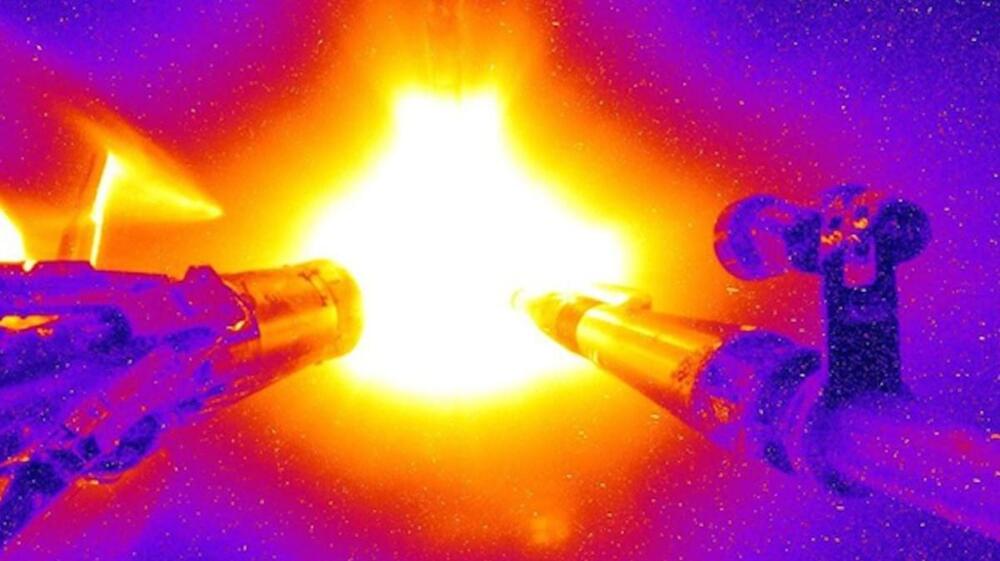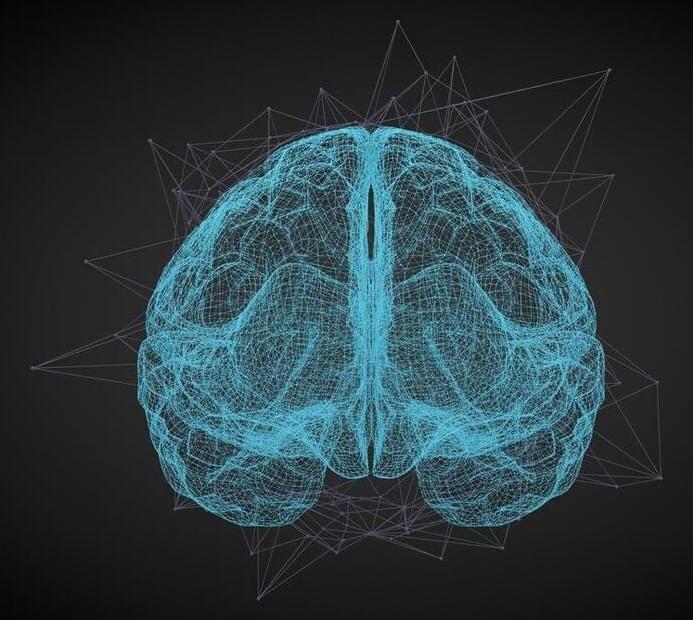Millions of Americans will soon have to scan their face to access their Internal Revenue Service tax accounts, one of the government’s biggest expansions yet of facial recognition software into people’s everyday lives.


Nuclear power could be essential to weaning the world off fossil fuels.
Nuclear power is a powerful form of energy that allows us to produce clean electricity. However, the waste it produces is difficult to tackle and is often the reason nuclear power has not become as popular as perhaps it should be. It is estimated that there are currently around 370,000 tonnes of spent nuclear fuel in temporary storage around the world, according to the International Atomic Energy Agency.
Now, the Swedish government has just approved a plan by Swedish nuclear fuel and waste management company SKB to develop a storage facility that will keep the country’s spent and highly radioactive nuclear fuel safe for the next 100,000 years.

FeaturedRead our 3 books at https://lifeboat.com/ex/books.
The Lifeboat Foundation is a nonprofit nongovernmental organization dedicated to encouraging scientific advancements while helping humanity survive existential risks and possible misuse of increasingly powerful technologies, including genetic engineering, nanotechnology, and robotics/AI, as we move towards the Singularity.
Lifeboat Foundation is pursuing a variety of options, including helping to accelerate the development of technologies to defend humanity, such as new methods to combat viruses, effective nanotechnological defensive strategies, and even self-sustaining space colonies in case the other defensive strategies fail.
We believe that, in some situations, it might be feasible to relinquish technological capacity in the public interest (for example, we are against the U.S. government posting the recipe for the 1918 flu virus on the internet). We have some of the best minds on the planet working on programs to enable our survival. We invite you to join our cause!
Visit our site at https://lifeboat.com. Participate in our programs at https://lifeboat.com/ex/programs. Follow our Twitter feed at https://twitter.com/LifeboatHQ and our GETTR feed at https://gettr.com/user/LifeboatHQ. Watch our YouTube channel at https://youtube.com/lifeboathq. Read our blog at https://lifeboat.com/blog. Join our LinkedIn group at https://www.linkedin.com/groups/35656. Subscribe to our newsletter at https://lifeboat.com/newsletter.cgi.
Interact with the author of “The Human Race to the Future: What Could Happen—and What to Do” at https://www.facebook.com/groups/thehumanracetothefuture.


Japan’s government is expanding a quasi-state of emergency aimed at containing the coronavirus. Infections are surging nationwide at an unprecedented pace, largely fueled by the Omicron variant.
Officials confirmed more than 60,000 new cases on Tuesday. The figure is a record high. A total of 444 people are in serious condition, up five from the day before.
More than half of Japan’s 47 prefectures reported record case counts, including Tokyo.

Circa 2019
The race to engineer the next-generation banana is on. The Colombian government confirmed last month that a banana-killing fungus has invaded the Americas — the source of much of the world’s banana supply. The invasion has given new urgency to efforts to create fruit that can withstand the scourge.
Scientists are using a mix of approaches to save the banana. A team in Australia has inserted a gene from wild bananas into the top commercial variety — known as the Cavendish — and are currently testing these modified bananas in field trials. Researchers are also turning to the powerful, precise gene-editing tool CRISPR to boost the Cavendish’s resilience against the fungus, known as Fusarium wilt tropical race 4 (TR4).
Breeding TR4 resistance into the Cavendish using conventional methods isn’t possible because the variety is sterile and propagated by cloning. So the only way to save the Cavendish may be to tweak its genome, says Randy Ploetz, a plant pathologist at the University of Florida in Homestead. The variety accounts for 99% of global banana shipments.

NEA Scout will visit an asteroid estimated to be smaller than a school bus – the smallest asteroid ever to be studied by a spacecraft.
Launching with the Artemis I uncrewed test flight, NASA
Established in 1958, the National Aeronautics and Space Administration (NASA) is an independent agency of the United States Federal Government that succeeded the National Advisory Committee for Aeronautics (NACA). It is responsible for the civilian space program, as well as aeronautics and aerospace research. It’s vision is “To discover and expand knowledge for the benefit of humanity.”

Intel has selected Ohio for a new chip manufacturing complex that would cost at least $20 billion, ramping up an effort to increase U.S. production of computer chips as users grapple with a lingering shortage of the vital components.
Intel said Friday that the new site near Columbus would initially have two chip factories and would directly employ 3,000 people, while creating additional jobs in construction and at nearby businesses.
Patrick Gelsinger, who became Intel’s chief executive last year, has rapidly increased the company’s investments in manufacturing to help reduce U.S. reliance on foreign chip makers while lobbying Congress to pass incentives aimed at increasing domestic chip production. He has said that Intel might invest as much as $100 billion over a decade in its next U.S. manufacturing campus, linking the scope and speed of that expansion to expected federal grants if Congress approves a spending package known as the CHIPS Act.


What’s next? Human brain-scale AI.
Funded by the Slovakian government using funds allocated by the EU, the I4DI consortium is behind the initiative to build a 64 AI exaflop machine (that’s 64 billion, billion AI operations per second) on our platform by the end of 2022. This will enable Slovakia and the EU to deliver for the first time in the history of humanity a human brain-scale AI supercomputer. Meanwhile, almost a dozen other countries are watching this project closely, with interest in replicating this supercomputer in their own countries.
There are multiple approaches to achieve human brain-like AI. These include machine learning, spiking neural networks like SpiNNaker, neuromorphic computing, bio AI, explainable AI and general AI. Multiple AI approaches require universal supercomputers with universal processors for humanity to deliver human brain-scale AI.